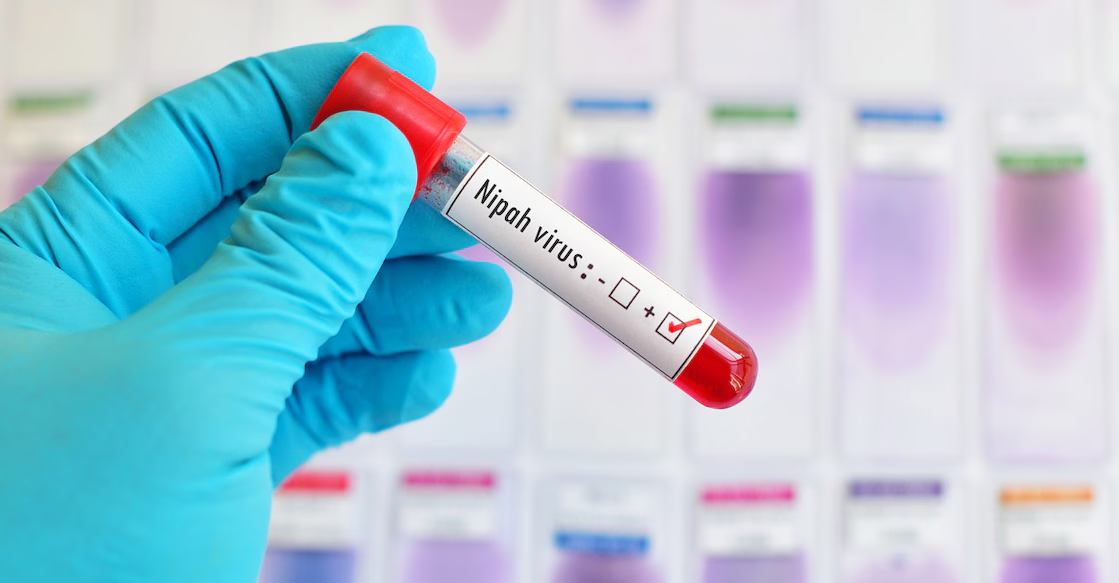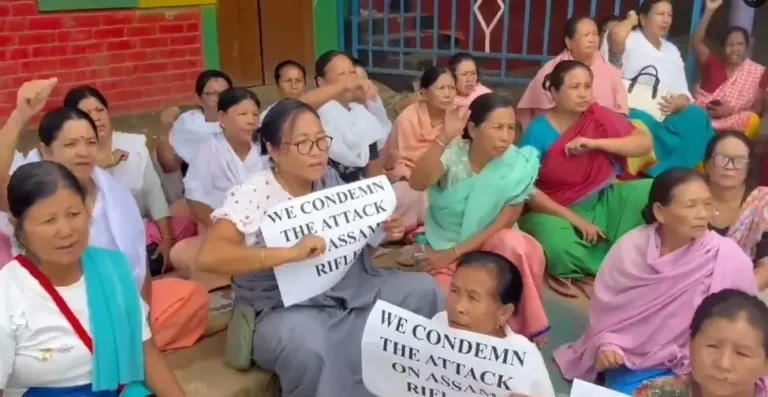Nipah Virus Resurfaces in Kerala: A Deep Dive into the 2025 Malappuram Case
Summary
On May 2, 2025, a 42-year-old woman from Malappuram district in Kerala was admitted to a private hospital exhibiting symptoms of encephalitis. Subsequent testing confirmed she was infected with the Nipah virus, marking another occurrence of this deadly zoonotic disease in the state. Kerala’s Health Minister, Veena George, has since traveled to Malappuram to oversee containment measures. This incident adds to the series of Nipah outbreaks the state has faced since 2018, emphasizing the need for continued vigilance and robust public health responses.
Introduction: The Return of a Silent Killer
Imagine a virus so deadly that it claims the lives of the majority it infects, yet remains largely under the radar compared to other global health threats. The Nipah virus is precisely that—a silent killer that has resurfaced in Kerala, India, causing alarm among health officials and residents alike. The recent case in Malappuram district serves as a stark reminder of the persistent threat posed by zoonotic diseases and the importance of proactive public health measures.
Understanding the Nipah Virus
The Nipah virus (NiV) is a zoonotic pathogen, meaning it can be transmitted from animals to humans. First identified in Malaysia in 1998, the virus has since caused several outbreaks in South and Southeast Asia. In humans, NiV infection can lead to a range of illnesses, from asymptomatic infection to acute respiratory illness and fatal encephalitis. The mortality rate is notably high, with some outbreaks reporting fatality rates of up to 90%.
Transmission occurs through direct contact with infected animals, such as fruit bats or pigs, or through consumption of contaminated food products. Human-to-human transmission is also possible, particularly among family members and healthcare workers caring for infected individuals.
The 2025 Malappuram Case: A Timeline
- May 2, 2025: A 42-year-old woman from Malappuram district is admitted to a private hospital with symptoms indicative of encephalitis.
- May 8, 2025: Samples sent to the National Institute of Virology (NIV) in Pune confirm the presence of the Nipah virus.
- May 9, 2025: Kerala’s Health Minister, Veena George, visits Malappuram to assess the situation and coordinate containment efforts.
This case marks the latest in a series of Nipah virus outbreaks that have plagued Kerala since 2018, underscoring the virus’s persistent presence in the region.
Conclusion: A Call to Action
The recent Nipah virus case in Malappuram is not just a local health concern but a global wake-up call. It underscores the importance of robust public health infrastructure, continuous surveillance, and community awareness in combating zoonotic diseases. As we navigate the complexities of emerging infectious diseases, proactive measures and international cooperation will be key in safeguarding public health.
Frequently Asked Questions
1. What are the symptoms of Nipah virus infection?
Symptoms can range from mild to severe and include fever, headache, drowsiness, respiratory issues, and in severe cases, encephalitis leading to coma.
2. How is the Nipah virus transmitted?
Transmission can occur through direct contact with infected animals, consumption of contaminated food, or close contact with infected individuals.
3. Is there a vaccine for Nipah virus?
Currently, there is no approved vaccine for Nipah virus. Research is ongoing to develop effective vaccines and treatments.
4. How can Nipah virus outbreaks be prevented?
Preventive measures include avoiding contact with bats and sick animals, practicing good hygiene, and ensuring proper food handling and preparation.
5. What should I do if I suspect a Nipah virus infection?
Seek immediate medical attention if you experience symptoms associated with Nipah virus, especially if you’ve been in areas with known outbreaks.






